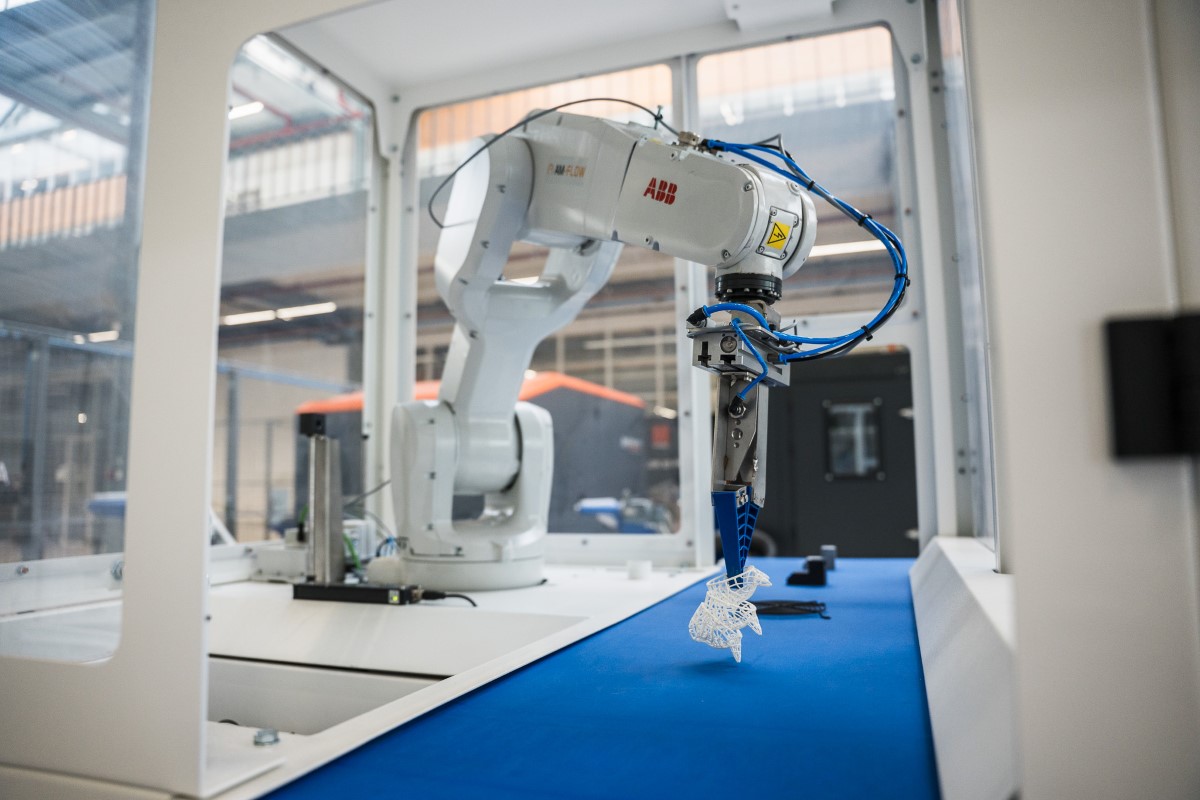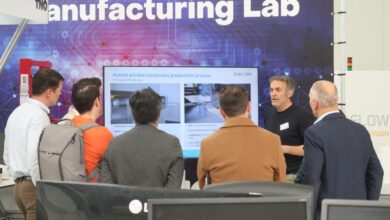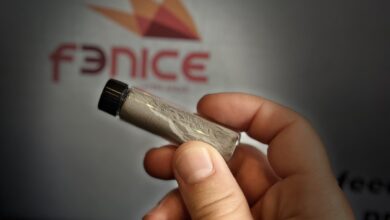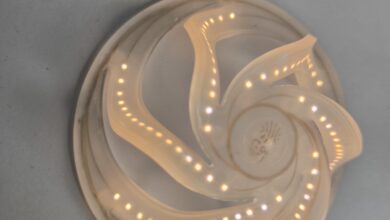In the 3D printing industry, little is automated when it comes to the physical steps. This insight surprises Eric van den Boogaard of WWA in The Netherlands. Are the production numbers still too low? In the long run, you can use robotization to make better use of your capacity, he thinks. This may save additional and costly AM-machines in the future.
As an automation company, Dutch based WWA has focused mainly on the automotive industry for many years. It was only after the crisis in 2008 that the system integrator started to use the automation knowledge in other sectors as well. “Always special solutions; we rarely build the same system twice,” says Eric van den Boogaard, director.
The complex thing is that with 3D printing, all parts are really different. This is really high mix.
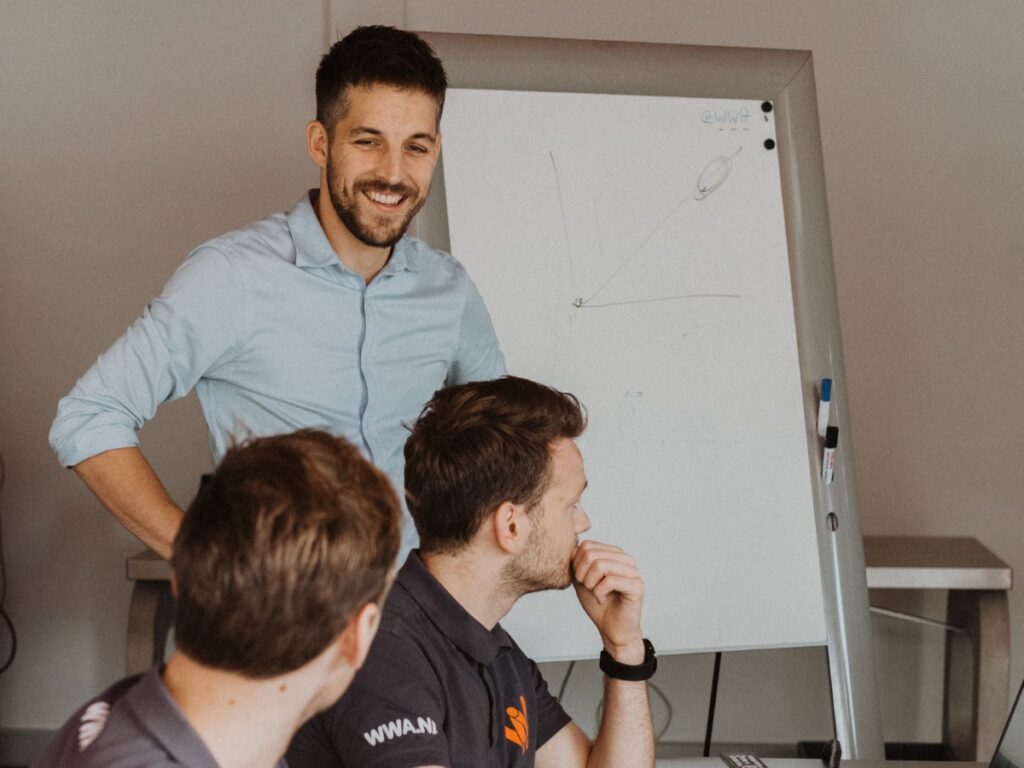
Tailor-made solutions
Customized systems to solve a specific customer problem. This could be a robot that seals the wooden windows and doors in a window frame factory; a fully automated warehouse for cheese or a cleaning installation with robots to clean concrete formwork with 2500 bar pressure. Often it is about handling, where 3D vision technology is used. A camera detects a product in a crate or on a conveyor belt, the image recognition software recognizes the product and then knows how the robot should grab it.
System built within a month
Eight years ago, WWA encountered AM-Flow. The Dutch builder of automation solutions for additive manufacturing companies wanted to demonstrate the software behind AM-Vision and AM-Sort at Formnext. To do this, AM-Flow still needed a robot with bin picking, which places the 3D printed parts on a conveyor belt. Van den Boogaard calls this first step the parts singular, so that they can pass through the AM-Flow scanner one by one. Easy job for the automation company from Oosterhout, or not? Eric van den Boogaard smiles. “The trade fair where AM-Flow wanted to demonstrate their solution, was already within a month after the first exploration call.”
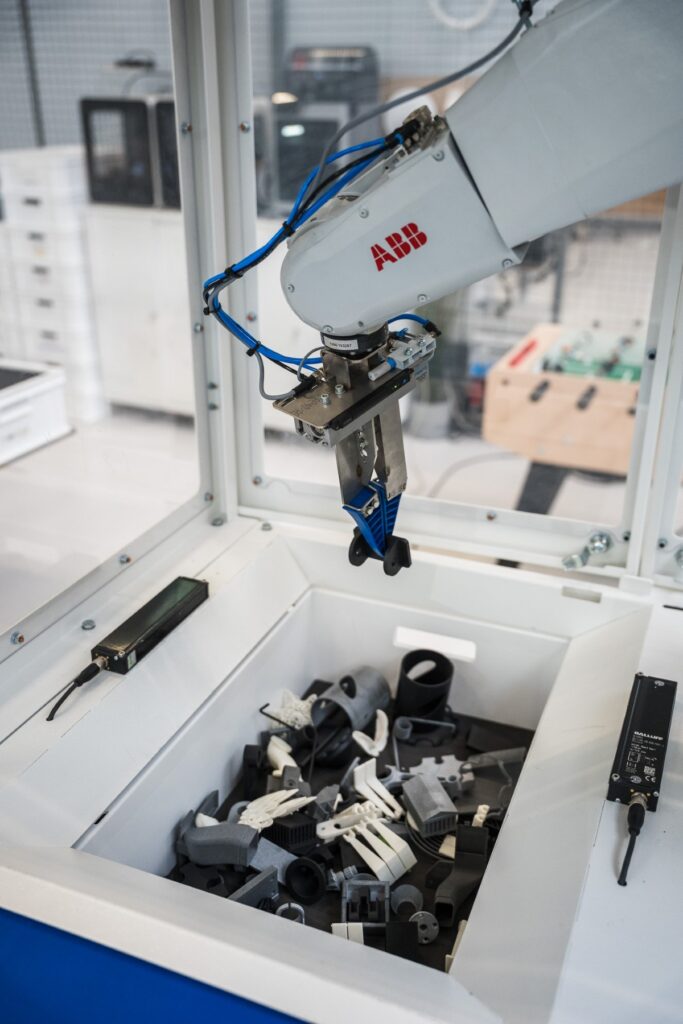
More complex than usual
WWA could not fall back on the standard bin picking solutions. “The complex thing is that with 3D printing, all parts are really different. This is really high mix. Normally you look at one and the same part with the vision camera, many of which are in a container, and you know how to grab it with a gripper. With 3D printing, the parts are on top of each other, making them not easily recognizable. Moreover, darker colors are more difficult. We came up with a unique solution to solve this issue.” AM-Flow demonstrated the prototype of this solution working at the trade fair only one month after the first contact.
“Amazing how little the 3D printing industry is automated”
Since then, the two companies have continued to work together and that’s how WWA got involved in the 3DoP project. In this project, WWA is working on an automation concept for dental 3D printing, such as the Spanish Phibo Group, which prints semi-finished dental products in titanium. A robot could take the construction platforms with the prostheses from the printer and place them in a CNC machine for mechanical post-processing. The robot could then take a new build plate from the warehouse and load the printer for the next build job. This robotized production line is not more than a concept yet. Eric van den Boogaard is surprised that so little has been automated in the 3D printing industry. He notices that few companies are enthusiastic about automation. “I think the sector can learn a lot from the metal industry, where many machines are automated. Or from the aircraft industry, where parts are processed by multiple machines. Our robots do the handling between the machines.”
Will the AM industry do things differently now?
Van den Boogaard misses such solutions in the 3D printing industry. With a robot on a linear track or on a pedestal between the machines, companies can automate a lot of operations, replacing handling done manually. “In the metal industry, you see robots placing 300 kilo fixtures in a milling or turning machine. When I walk through a printing factory, I see that the industry has grown rapidly and still does many actions manually. I think if you have to build a new factory from scratch now, you will automate more.”
Threshold for robotization
Eric van den Boogaard notices that the threshold for automation is high for many AM companies. Mainly for financial reasons, he reasons. “Because the automation as we built it, is more accessible in terms of operations and programming than many people think. We see that in every industry. Loading and unloading don’t have to be more than the push of a button.” The WWA director wonders whether the numbers that the sector is currently printing are still too low to justify the investment in automation. You need a long-term vision, he believes. “Maybe the numbers are still too little now. But if you can increase the production of a 3D printer by automating -because you can run more batches unmanned- you may not have to go from ten to twelve systems in the future.” The WWA director believes that automating the unpacking and cleaning of a build job are a next step that the sector as a whole could take into its own hands.


